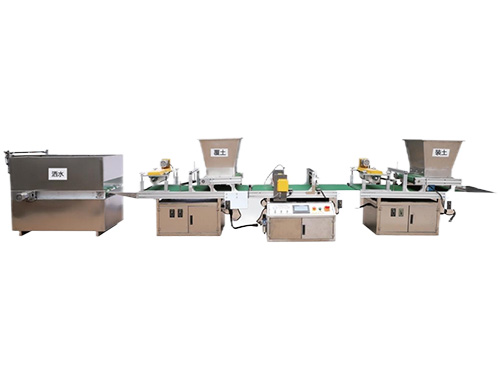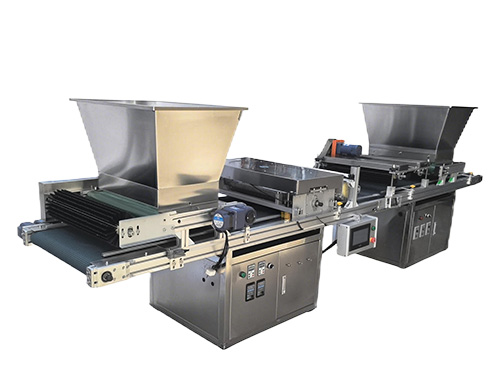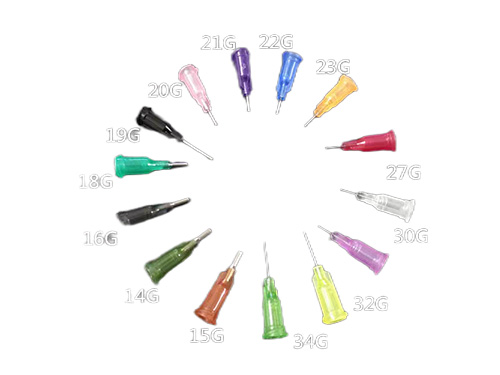Seed Tray Setup Mistakes and How to Avoid Them
2025-08-22 16:29:15
The Role of Seed Trays in Plant Growth
For growers at any scale, from hobby gardeners to large agricultural operations, seed trays provide a controlled environment that gives young plants the best possible start. They help manage spacing, soil, and moisture so seeds can sprout uniformly. Yet, many beginners and even experienced farmers make errors during setup that can limit seedling success. Understanding what can go wrong—and how to fix it—makes the difference between weak sprouts and thriving plants.


Mistake 1: Using the Wrong Type of Tray
Not every seed requires the same growing space. A common oversight is using trays that are either too shallow or too deep for the crop at hand. When cells are too small, roots can quickly become restricted; overly large cells, on the other hand, waste resources and make watering less efficient.
How to avoid it: Match tray size to the crop. Herbs and greens usually perform well in smaller cells, while vegetables with stronger root systems need larger compartments.
Mistake 2: Filling with Unsuitable Growing Medium
Some growers rely on heavy garden soil in their seed trays, which often leads to compaction, poor aeration, and weak germination.
How to avoid it: Select a light, nutrient-balanced seed-starting mix. Look for a blend that provides good drainage while holding enough moisture to support delicate roots.
Mistake 3: Inconsistent Soil Levels
Seedlings thrive in uniform conditions, yet uneven filling of cells can create inconsistent planting depths. Overfilled trays risk seeds floating out during watering, while underfilled ones limit early root development.
How to avoid it: Distribute soil evenly, lightly firming each cell without packing it too tightly. Smooth the surface to create a uniform base for seeding.
Mistake 4: Improper Watering
Water management is one of the biggest challenges in seed tray use. Too much water can drown seeds or encourage fungal disease; too little leaves them dry and unable to sprout.
How to avoid it: Water carefully using a spray bottle, misting tool, or bottom-watering technique. Make sure trays have drainage holes to prevent standing water.
Mistake 5: Planting Seeds at the Wrong Depth
Incorrect depth is a frequent error. Seeds planted too deep struggle to reach the surface, while seeds that are too close to the surface may dry out or wash away. Overcrowding in a single cell is another issue, leading to weak, spindly seedlings.
How to avoid it: Follow the guidance on each seed packet. As a general rule, sow at a depth two to three times the seed’s diameter, and place one or two seeds per cell for optimal growth.
Mistake 6: Forgetting Labels
It’s easy to confuse crops when multiple trays are in use, especially if different varieties are being started simultaneously.
How to avoid it: Label trays clearly with waterproof tags or markers. This simple habit ensures smooth management later when transplanting seedlings.


Mistake 7: Overlooking Light and Temperature Needs
Seed trays provide structure, but the environment determines whether seeds sprout successfully. Lack of light or exposure to unstable temperatures can slow germination or damage seedlings.
How to avoid it: Place seed trays in bright, stable conditions. If natural sunlight is insufficient, consider using grow lights. Keep the temperature consistent based on each crop’s requirement.
Mistake 8: Skipping the Hardening-Off Stage
Transplanting seedlings straight from trays to outdoor soil without preparation can shock them. Sudden exposure to wind, temperature changes, and direct sunlight often leads to stunted growth.
How to avoid it: Harden seedlings gradually by placing seed trays outdoors for a few hours each day, increasing exposure over a week or more before transplanting.
Best Practices for Effective Seed Tray Setup
Start with clean trays: Wash and disinfect before planting to reduce disease risk.
Check daily: Monitor moisture, temperature, and light regularly.
Thin out seedlings: Keep the strongest seedlings in each cell and remove weaker ones.
Stay organized: Arrange trays systematically to manage crops efficiently.
By following these best practices, growers can create conditions that support strong, uniform seedlings.
Conclusion: Getting the Most Out of Seed Trays
The success of seed trays depends on careful setup and attention to detail. Mistakes such as poor soil choice, incorrect watering, or neglecting environmental conditions can greatly reduce germination rates. By recognizing these common errors and adjusting your practices, you give seedlings the best possible start.
In summary: With proper preparation, labeling, watering, and hardening-off, seed trays become a reliable tool for producing strong seedlings and ensuring successful crop growth from day one.
References
GB/T 7714:Crump W, Beddes T, Caron M, et al. Starting Vegetable Seeds Indoors: II. Materials[J]. 2025.
MLA:Crump, Wesley, et al. "Starting Vegetable Seeds Indoors: II. Materials." (2025): 1.
APA:Crump, W., Beddes, T., Caron, M., & Oliveira, M. (2025). Starting Vegetable Seeds Indoors: II. Materials.

It adopts electrical integration and can be started by pressing the fully automatic button ...

The XP750 seeder has stable performance, excellent product quality, simple and convenient o...

It adopts electrical integration and can be started by pressing the fully automatic button ...

Needle list Seed nozzle model Different models Sowing types are different...



